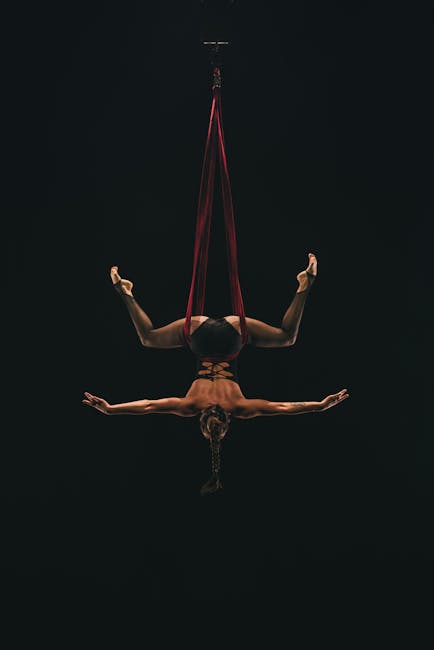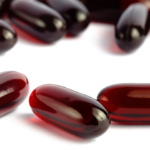Fitness Gloves: Your Guide to the Perfect Fit
Finding the right pair of fitness gloves can significantly enhance your workout experience, protecting your hands and improving your grip. However, with a vast array of options available, navigating the market can feel overwhelming. This guide delves into the crucial aspects of choosing fitness gloves, ensuring you find the perfect fit for your needs and activity level.
Understanding Glove Types:
Fitness gloves aren’t one-size-fits-all. Different activities demand different features. Let’s explore the main types:
-
Weightlifting Gloves: These are typically thicker and more heavily padded, prioritizing wrist support and protection against calluses and blisters during heavy lifting. Look for reinforced stitching, durable materials like leather or synthetic leather, and adjustable wrist straps for a secure fit. Padding should be strategically placed on the palm and fingers, particularly in high-impact areas.
-
Gymnastics Gloves: Designed for grip and dexterity, these gloves are usually thinner and made from more flexible materials like nylon or spandex. They provide minimal padding, focusing on enhanced grip on bars and other gymnastic equipment. Full finger coverage is common, offering protection without hindering movement.
-
CrossFit Gloves: CrossFit workouts encompass a wide variety of exercises. As a result, CrossFit gloves often combine features from weightlifting and gymnastics gloves. They offer moderate padding, flexibility, and wrist support, accommodating the diverse demands of the workout. Look for breathable materials to manage sweat and durability to withstand intense training.
-
Cycling Gloves: While not strictly “fitness gloves,” cycling gloves are crucial for cyclists. They offer padding in the palm to absorb vibrations and reduce pressure points, improving comfort on long rides. They often incorporate gel padding and breathable fabrics. Specialized designs may include features like finger pull tabs for easy removal.
-
Calisthenics Gloves: These gloves prioritize grip and dexterity, similar to gymnastics gloves. However, they may offer slightly more padding to protect against abrasions during exercises like pull-ups and push-ups. Breathability is key to prevent sweat buildup during intense bodyweight training.
Key Features to Consider:
Beyond the glove type, several features significantly impact comfort and performance:
-
Padding: The amount and placement of padding is crucial. Heavier padding offers more protection but can reduce dexterity. Consider the specific exercises you perform. Strategically placed padding on the palm and heel of the hand is generally beneficial.
-
Material: Leather is durable and offers excellent grip, but can be less breathable and more expensive. Synthetic leather provides a more budget-friendly alternative with decent durability and breathability. Nylon and spandex are common in gymnastics and calisthenics gloves due to their flexibility and breathability.
-
Wrist Support: Adjustable wrist straps provide added stability and support, particularly during heavy lifting. Look for straps that are secure but comfortable, allowing for a snug fit without restricting blood flow.
-
Breathability: Sweat buildup can compromise grip and cause discomfort. Gloves made from breathable materials, such as mesh panels or perforated leather, help keep your hands dry and comfortable.
-
Grip: The texture and material of the palm affect grip. Some gloves incorporate silicone or rubber grips for enhanced traction.
-
Finger Coverage: Full finger gloves offer maximum protection, while fingerless gloves provide better dexterity. Consider your preference and the demands of your workout.
-
Sizing: Proper sizing is paramount. Gloves that are too tight can restrict blood flow and cause discomfort, while gloves that are too loose can slip and reduce grip. Consult the manufacturer’s size chart and measure your hand carefully. Circumference measurements at the knuckles and palm are crucial for accurate sizing.
Measuring Your Hands for the Perfect Fit:
Accurate hand measurements are essential for selecting the right glove size. You’ll need a flexible measuring tape. Here’s how to measure:
- Hand Length: Measure from the tip of your middle finger to the base of your palm.
- Hand Circumference: Measure around your hand at the knuckles, excluding your thumb.
- Palm Width: Measure across the widest part of your palm.
Compare your measurements to the manufacturer’s size chart. If your measurements fall between sizes, it’s generally recommended to opt for the larger size to ensure comfort and avoid restriction.
Maintaining Your Fitness Gloves:
Proper care extends the lifespan of your fitness gloves:
-
Cleaning: After each use, wipe down your gloves with a damp cloth to remove sweat and dirt. For heavier cleaning, use mild soap and water. Air dry your gloves completely before storing to prevent mildew.
-
Storage: Store your gloves in a cool, dry place away from direct sunlight. Avoid storing them damp or crumpled, as this can damage the material.
-
Repair: Address minor tears or damage promptly to prevent further deterioration. Use a strong adhesive or sewing kit to repair minor issues.
Choosing the Right Gloves for Your Activity:
The specific requirements vary depending on your training regimen:
- Bodyweight Training: Gymnastics or calisthenics gloves, prioritizing grip and dexterity.
- Weightlifting: Weightlifting gloves, emphasizing padding, wrist support, and durability.
- CrossFit: CrossFit-specific gloves that balance protection, grip, and flexibility.
- Cycling: Cycling-specific gloves focused on padding and vibration absorption.
By carefully considering these factors and selecting the right glove type and features based on your specific needs, you can ensure a comfortable, safe, and effective workout experience. Remember that the perfect fit is key to maximizing performance and minimizing the risk of injury.





